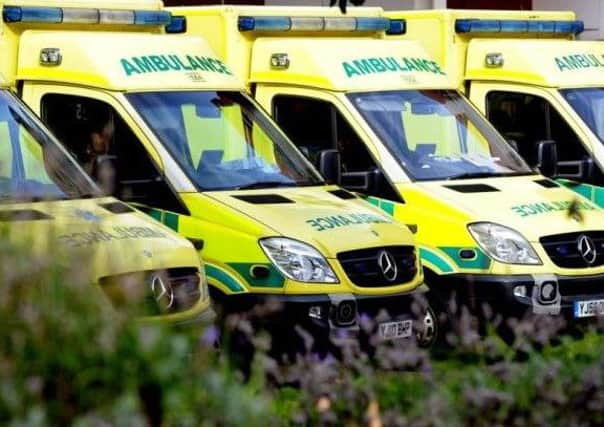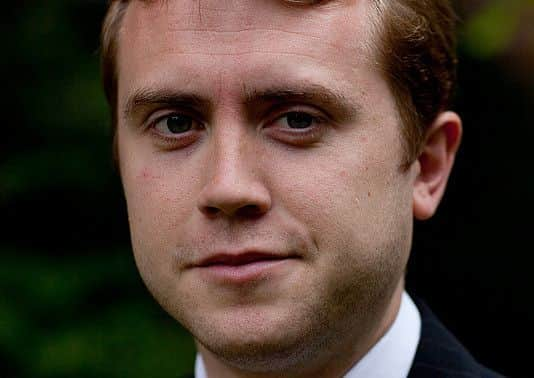Exclusive: Yorkshire ambulance service pulls out of private contracts after £7m bill


Private ambulances were sent to 38,821 call-outs in the region last year, the equivalent of more than 100 incidents a day and a 357 per cent increase from the total of 10,862 in 2014/15, The Yorkshire Post can reveal.
A response made under the Freedom of Information Act shows that during the same period, the service’s spending on non-NHS ambulances jumped by 382 per cent from £1.84 million to £7.05 million.
Advertisement
Hide AdAdvertisement
Hide AdYorkshire Ambulance Service (YAS) now says it will end its contracts with most of its private ambulance providers at the end of this month.


The decision to not use private services, excluding St John Ambulance, follows “a major recruitment and training programme”.
Staff shortages were blamed for the increased reliance on private ambulances last year, which public service union Unison says was a direct result of Government cuts to the NHS.
The organisation’s branch secretary Bryn Webster said: “The unbearable squeeze on NHS funding means that ambulance services often don’t have enough staff to cover a shift.
Advertisement
Hide AdAdvertisement
Hide Ad“This means they have to pay private companies to get them out of their difficulties. The millions spent by ambulance trusts on private companies would be better used to recruit new staff and hold on to experienced employees who are leaving the service.”


NHS trusts across the country have been dealing with staff shortages as a result of cuts to their funding.
Between 2010 and 2015 the number of paramedics that left the service nationwide nearly doubled from 845 to 1,500.
Campaign group the Taxpayers’ Alliance said the Yorkshire figures came as a “shock at a time when necessary savings are having to be made”.
Advertisement
Hide AdAdvertisement
Hide AdChief executive John O’Connell said: “Hard-pressed families struggling with ever-rising bills will want to know they’re not being taken for a ride.”
YAS covers, which employs more than 4,800 staff, covers almost 6,000 square miles with a population of five million people.
Responders are required to reach patients across varied terrain from isolated moors to coastline and inner cities.
The service said it used private providers to cope with “continuing high levels of demand” but stressed that private ambulances were only sent to five per cent of all incidents in 2015/16.
Advertisement
Hide AdAdvertisement
Hide AdDr David Macklin, executive director of emergency operations, said: “We have now made considerable progress with our major recruitment and training programme to increase the number
of staff in our A&E Operations team and this has allowed us to significantly reduce the use of private providers in 2016/17.
“We have robust safeguards and operating standards in place to ensure that the use of private services maintains our own expectations of the level of care provided to patients.”
A Department of Health spokesman said it was working to tackle staff shortages at ambulance services across the country.
Advertisement
Hide AdAdvertisement
Hide AdHe added: “We know the NHS is under pressure, which is why we’ve employed 2,200 more paramedics since 2010, and increased training places this year by 60 per cent to over 1,600.”
“Ambulance trusts occasionally use other providers to help with spikes in demand, and these providers are subject to the same rigorous safety and quality inspections as NHS ambulances”.